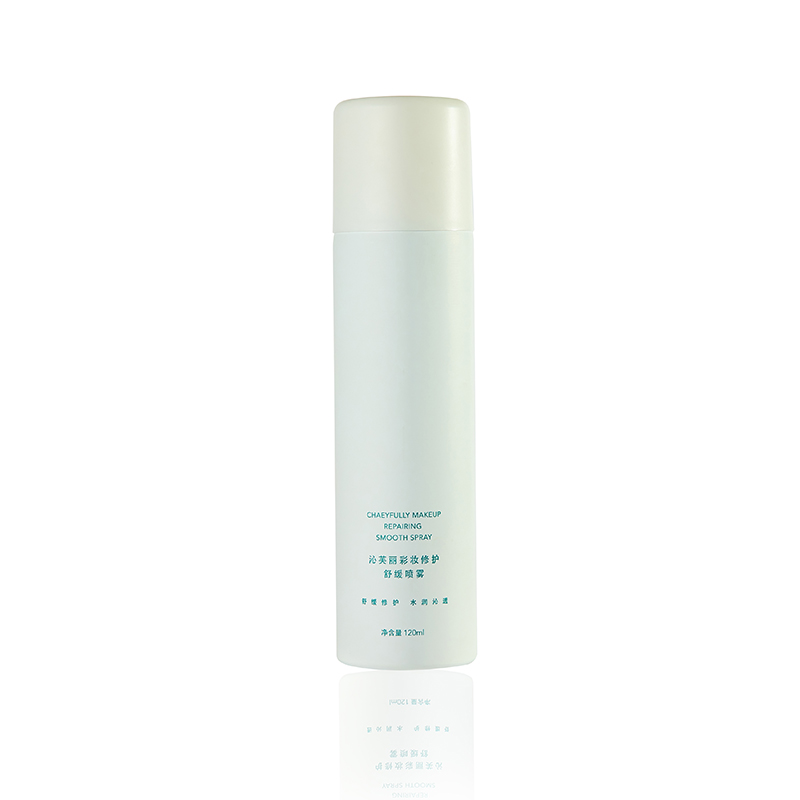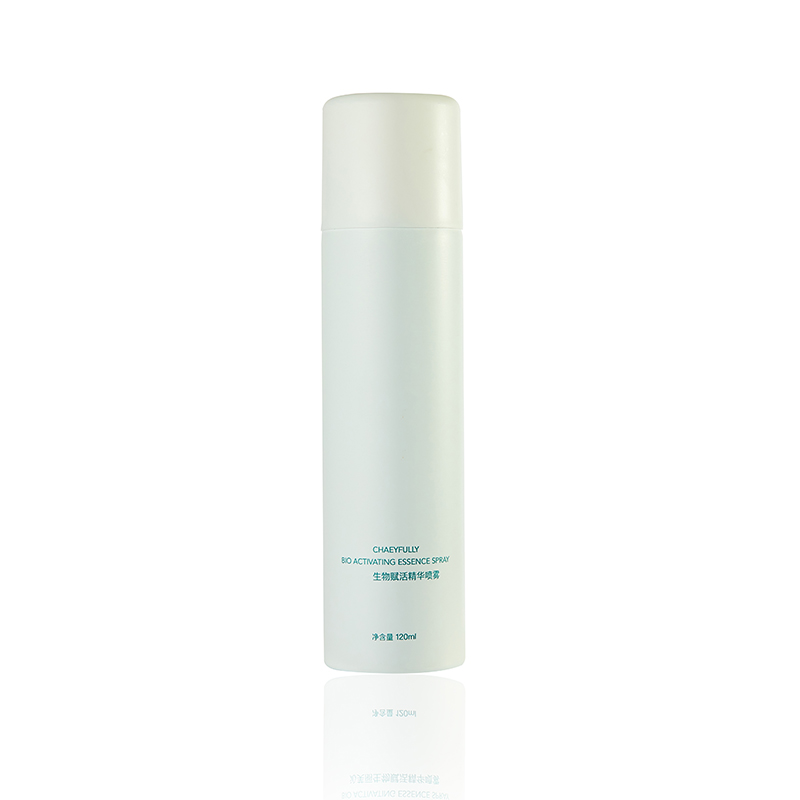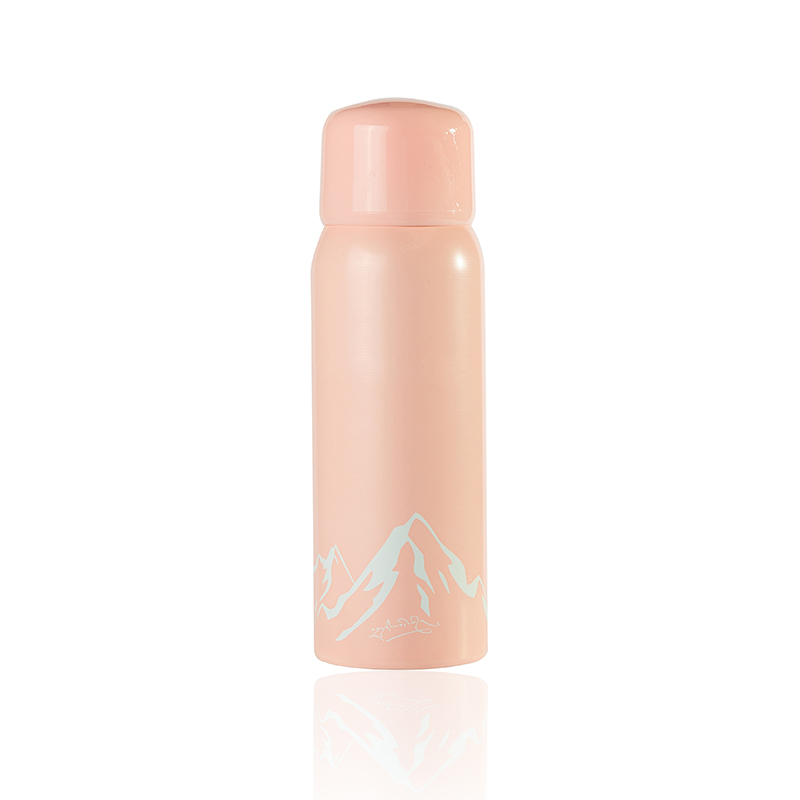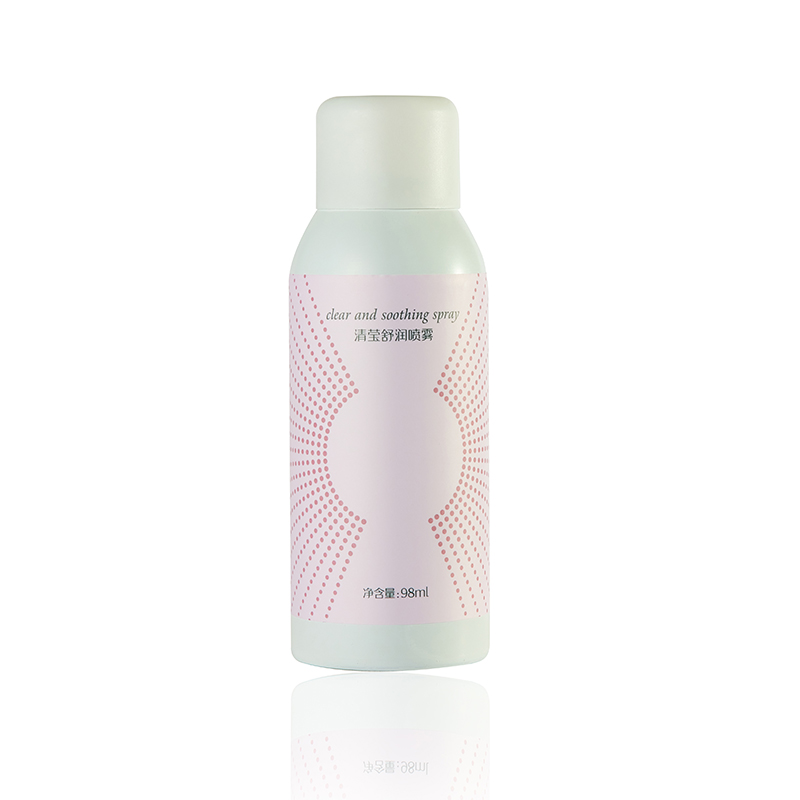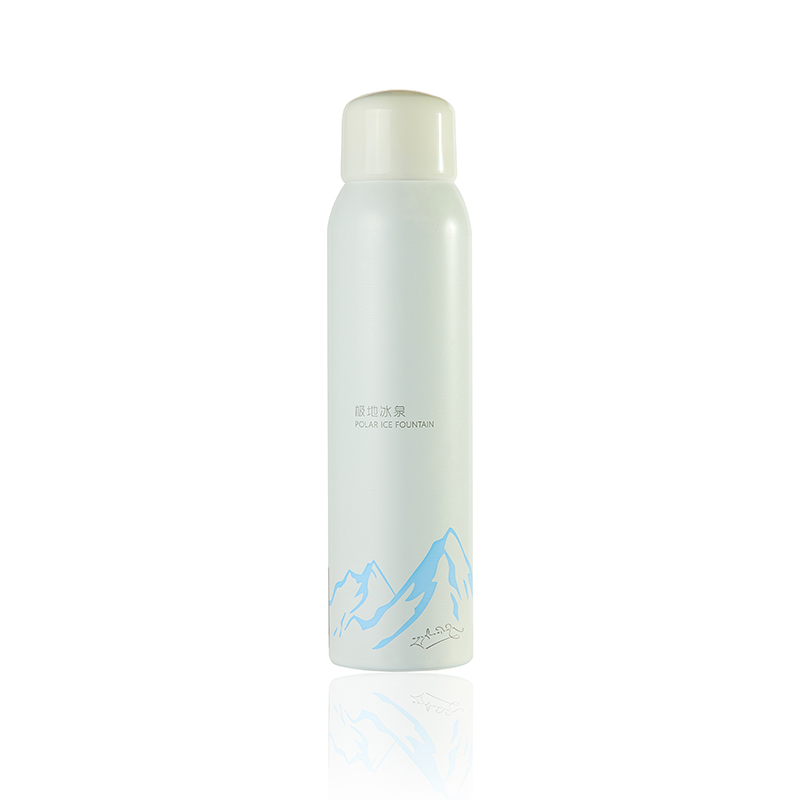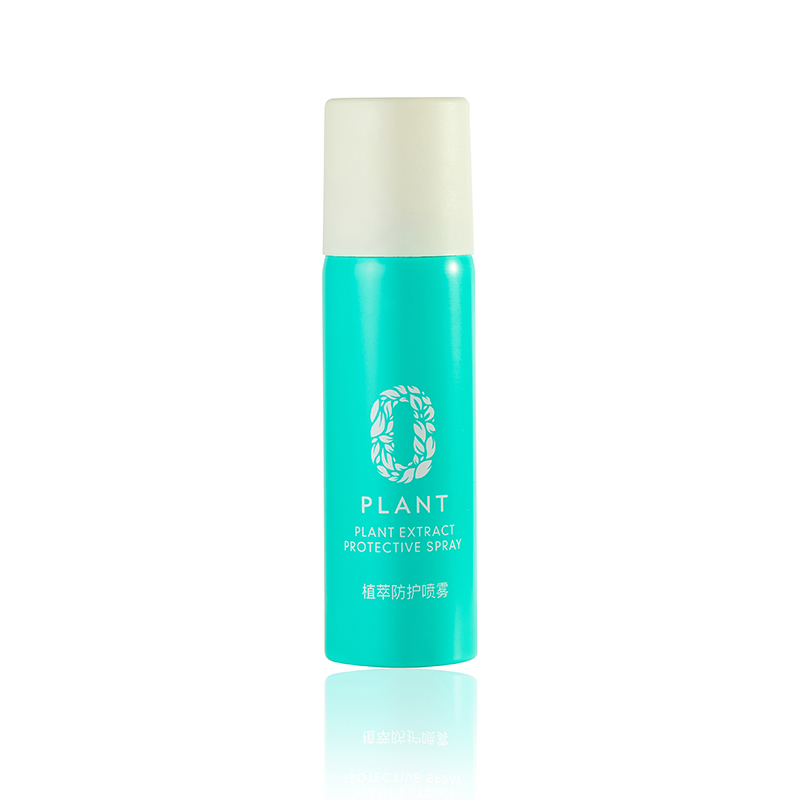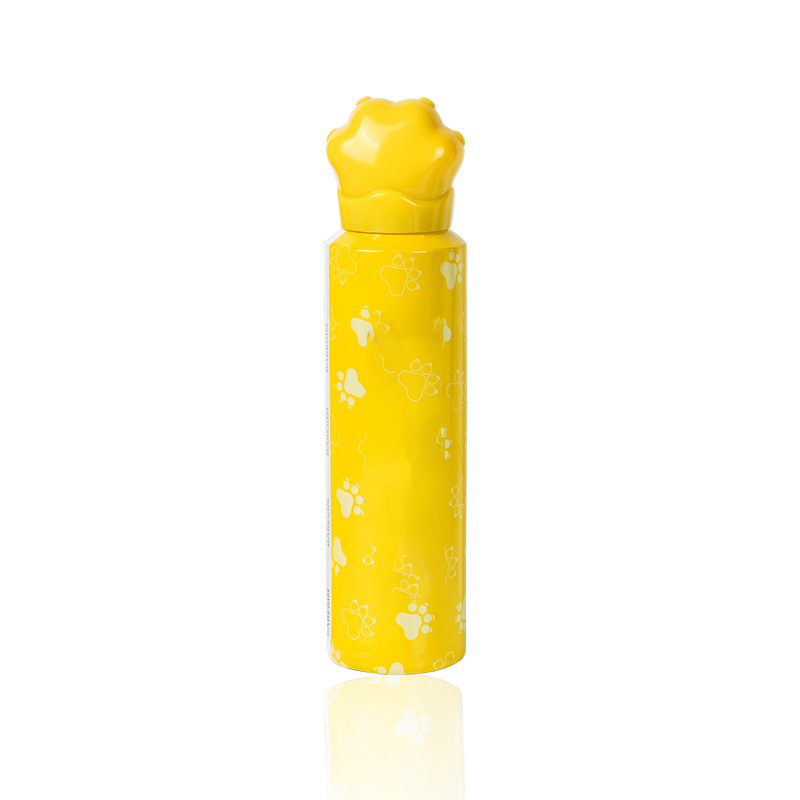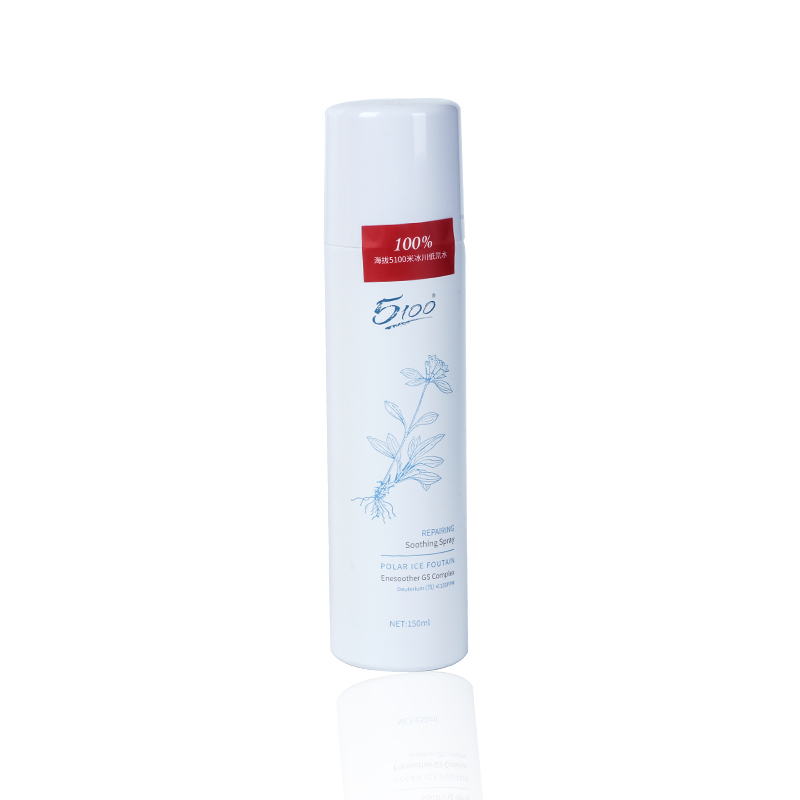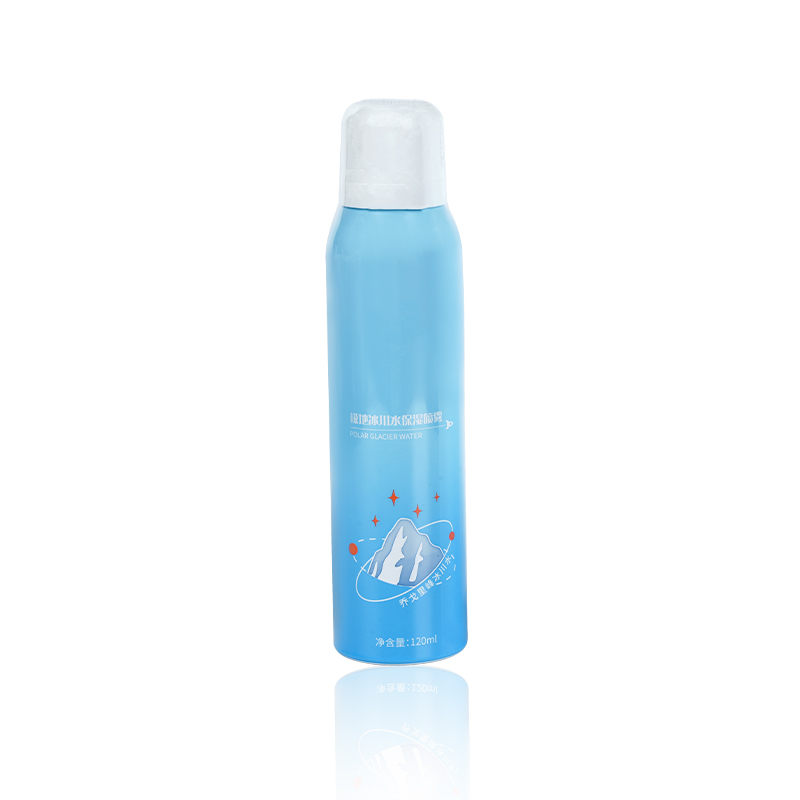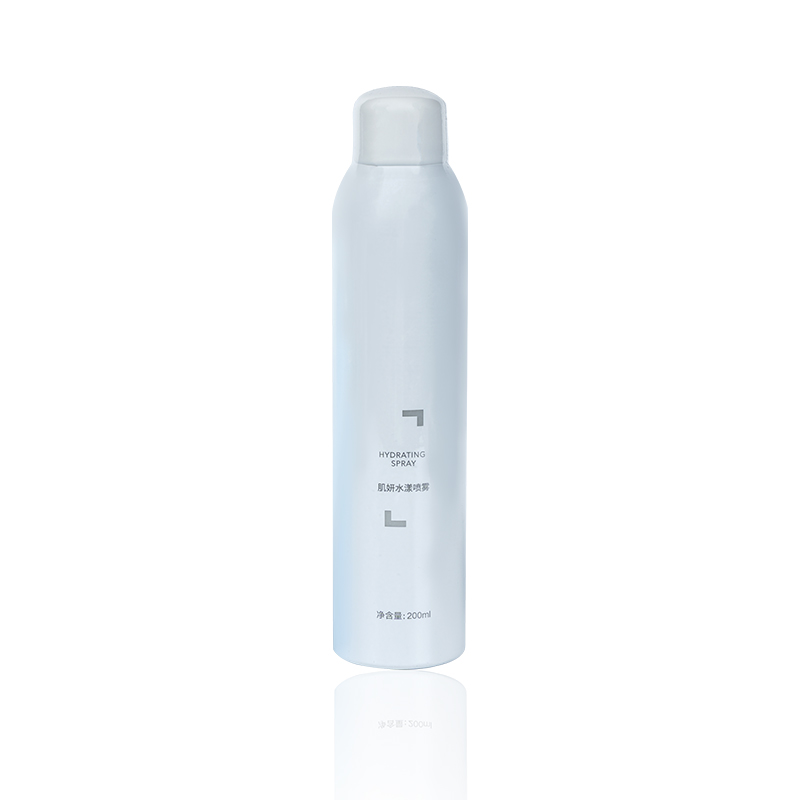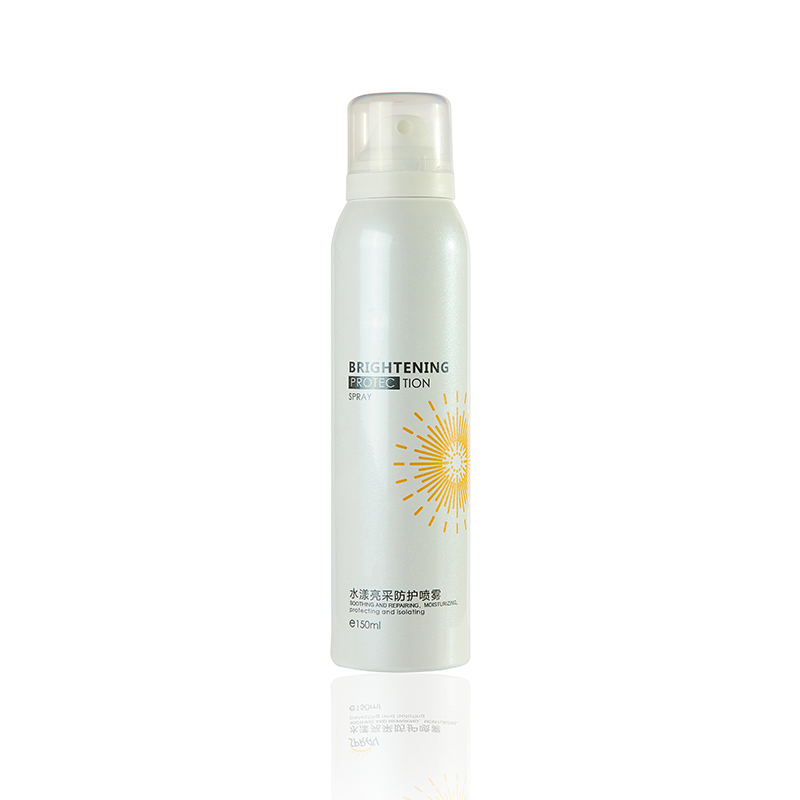Introduction
Air fresheners are a ubiquitous part of modern living—found in homes, offices, cars, hotels, public restrooms, and virtually any shared indoor space. Though often associated with masking odors or delivering pleasant scents, their purpose extends far beyond simple fragrance. Understanding what air fresheners actually do—how they function, why people use them, and what psychological roles they serve—offers insight into the subtle ways scent influences human environments and behaviors.
1. Odor Management: Masking, Neutralizing, or Eliminating?
At their core, most air fresheners are marketed to address unwanted odors. However, their methods vary:
Masking: Many products simply overlay a strong fragrance over an existing odor, temporarily distracting the nose. This is common in spray and gel-type fresheners.
Neutralizing: Some modern air fresheners contain chemicals like cyclodextrins or ozone-releasing agents that interact with odor-causing molecules, neutralizing them rather than covering them.
Absorbing: Activated charcoal or baking soda-based options absorb airborne particles, targeting the source of the odor more directly.
Odor management remains a foundational function, but air fresheners are also designed to modify emotional and psychological states.
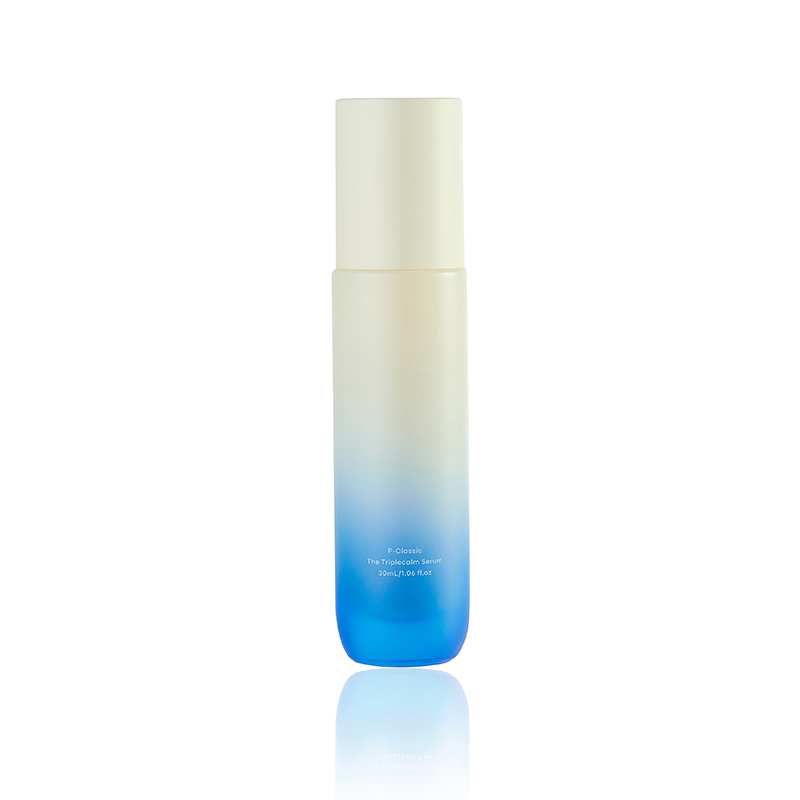
2. Psychological Influence: Scents and Human Emotion
Smell is the only sense directly tied to the brain's limbic system, which governs emotions, memories, and mood. This makes air fresheners potent tools for influencing psychological well-being. Common examples include:
Lavender: Associated with relaxation and stress relief.
Citrus (e.g., lemon, orange): Known to uplift and energize.
Vanilla or cinnamon: Often evoke warmth, comfort, and nostalgia.
Marketers and designers use these associations to create specific atmospheres. For example, hotels often diffuse signature scents to reinforce brand identity and create a calming guest experience.
3. Environmental Enhancement: Creating a Perceived Cleanliness
Many people associate a pleasant scent with cleanliness—even if the space hasn’t been thoroughly cleaned. A pine or citrus-scented room feels cleaner, even in the absence of actual sanitation.
In commercial and retail environments, this effect is leveraged to enhance customer perception and influence buying behavior. Studies show people tend to rate scented spaces as more hygienic, inviting, and professionally maintained.
4. Brand and Ambience Design
Large retailers, airlines, and luxury brands use scent marketing as part of their identity. Signature scents can trigger brand recognition and loyalty, much like visual logos or jingles. This is a calculated use of scent as part of a holistic sensory design strategy.
Scented environments also affect dwell time—shoppers may linger longer in spaces with subtle, pleasing aromas, increasing the likelihood of purchases.
5. Stress Reduction and Cognitive Impact
Beyond ambiance and branding, scent has measurable impacts on human cognition and stress levels. Some studies have found:
Peppermint scent increases alertness and reduces fatigue in work settings.
Jasmine and rosemary can improve memory retention and focus.
Scented environments in hospitals can reduce perceived pain or anxiety in patients.
Thus, air fresheners—when carefully selected—may serve as passive enhancers of human performance and comfort.
6. Cultural and Personal Expression
Scents can express identity, tradition, and cultural preferences. Some cultures emphasize floral or herbal scents, while others favor woody or spicy tones. At a personal level, the choice of an air freshener can reflect individual personality, mood, or taste.
This personalization of space through scent is an extension of interior design, playing a quiet but powerful role in how people "own" or emotionally connect to their environments.
7. The Hidden Costs: Chemical Exposure and Sustainability
Despite their benefits, conventional air fresheners often raise concerns:
Health: Many contain VOCs (volatile organic compounds), phthalates, or formaldehyde-releasing agents, which can contribute to indoor air pollution or trigger asthma and allergies.
Environmental impact: Aerosols and non-recyclable containers contribute to landfill waste. Some fresheners use petroleum-based fragrances or propellants.
In response, the market has seen a surge in natural, essential oil-based products and biodegradable packaging, reflecting growing consumer demand for safer, greener alternatives.
Final Thoughts
The purpose of an air freshener is not simply to make a space smell better—it is to shape how people feel, behave, and perceive the world around them. From masking odors to evoking emotional responses, influencing brand perception, and supporting mental clarity, scent is a powerful yet often overlooked element of human-centered design.
Understanding this complexity helps consumers make informed choices and empowers businesses to use scent strategically—not just decoratively.

 English
English русский
русский Español
Español